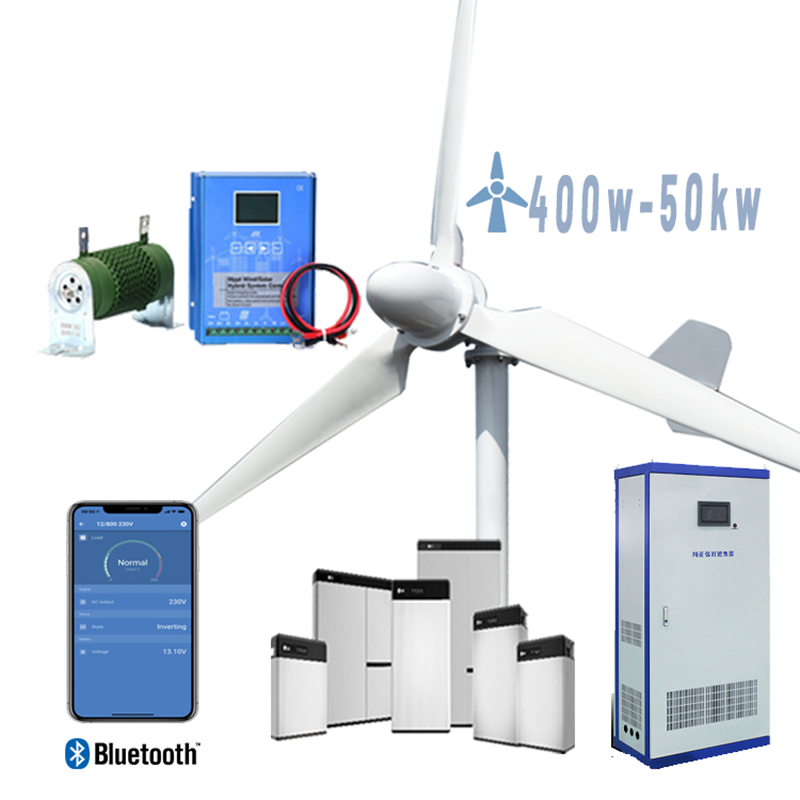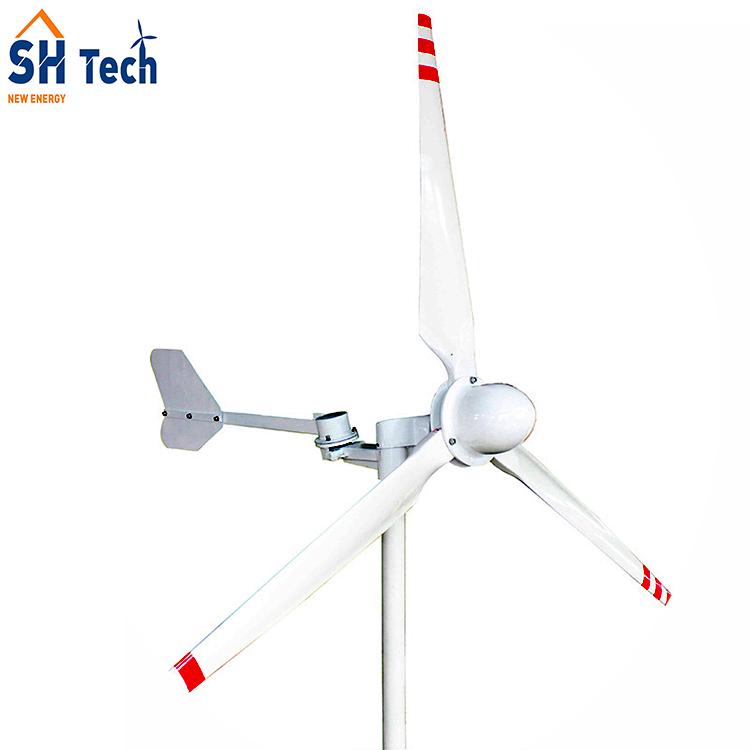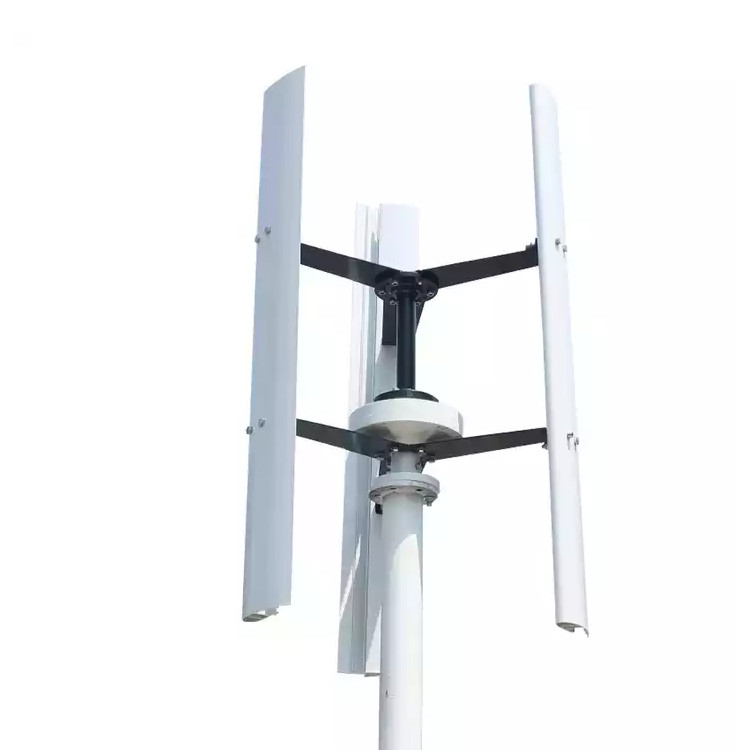Horizontal axis wind turbines (HAWT) play a significant role in the field of renewable energy by converting the kinetic energy of the wind into electrical energy. Their operation requires regular maintenance to ensure optimal performance, system integrity, and reliable energy production. In this article, we will explore the various maintenance tasks and procedures involved in the upkeep of HAWT, including the following:
Visual Inspection
Visual inspection is the initial step in maintaining the overall condition of the turbine. It involves inspecting all components for any signs of damage, wear and tear, or issues with the assembly and alignment. Components such as the rotor blades, low-speed shaft, gearbox, generator, and control systems are checked for any damages or deformities.
Cleaning and Greasing
Regular cleaning and greasing of the turbine components helps to maintain their functionality and extend their service life. The nacelle, rotor blades, and other moving components are cleaned to remove any accumulated dirt, dust, or debris. Greasing the bearings and other lubricated surfaces prevents corrosion and seizing, maintaining the integrity of the critical moving parts.
Scheduled Replaceable Components
Components in high-wear areas, such as the rotor bearings, belts, and lubricants, require regular replacement to maintain turbine efficiency and prevent system failure. The lubrication system is checked to ensure sufficient oil levels and cleanliness, while belts and sprockets are inspected for wear or damage. Rotor bearings are replaced when they show signs of wear or damage, maintaining the low-speed shaft alignment.
Electrical Systems Check
The electrical systems of the turbine, including the generator, control system, and cabling, require regular inspection and testing to ensure reliable operation. The generator is checked for any signs of damage or excessive wear, while the control system is tested for proper operation and calibration. Cabling is inspected for any damage or corrosion, ensuring reliable operation of the turbine systems.
Control System Calibration
The control system plays a crucial role in safe and efficient turbine operation, and it requires regular calibration to maintain its accuracy and functionality. The system is checked for any damage or debris buildup, while its calibration is verified to ensure accurate wind speed measurement and generator speed control. Pitch control systems are also calibrated to maintain the optimal angle of attack of the rotor blades.
Preventative Maintenance Scheduling
Preventative maintenance scheduling involves planning regular maintenance tasks and intervals to prevent component failure and ensure longevity of the turbine. This may include regular oil changes, filter replacements, belts inspections, and other critical maintenance tasks specific to the turbine model and operation conditions. Preventative maintenance scheduling helps to identify issues early and proactively maintain the turbine in a reliable condition.
In conclusion, maintaining a horizontal axis wind turbine requires a comprehensive maintenance schedule that covers critical tasks such as visual inspection, cleaning and greasing, scheduled replaceable components replacement, electrical systems check, control system calibration, and preventative maintenance scheduling. Regular maintenance ensures turbine efficiency, system integrity, and reliable energy production for a sustainable renewable energy future.
Post time: Oct-16-2023




